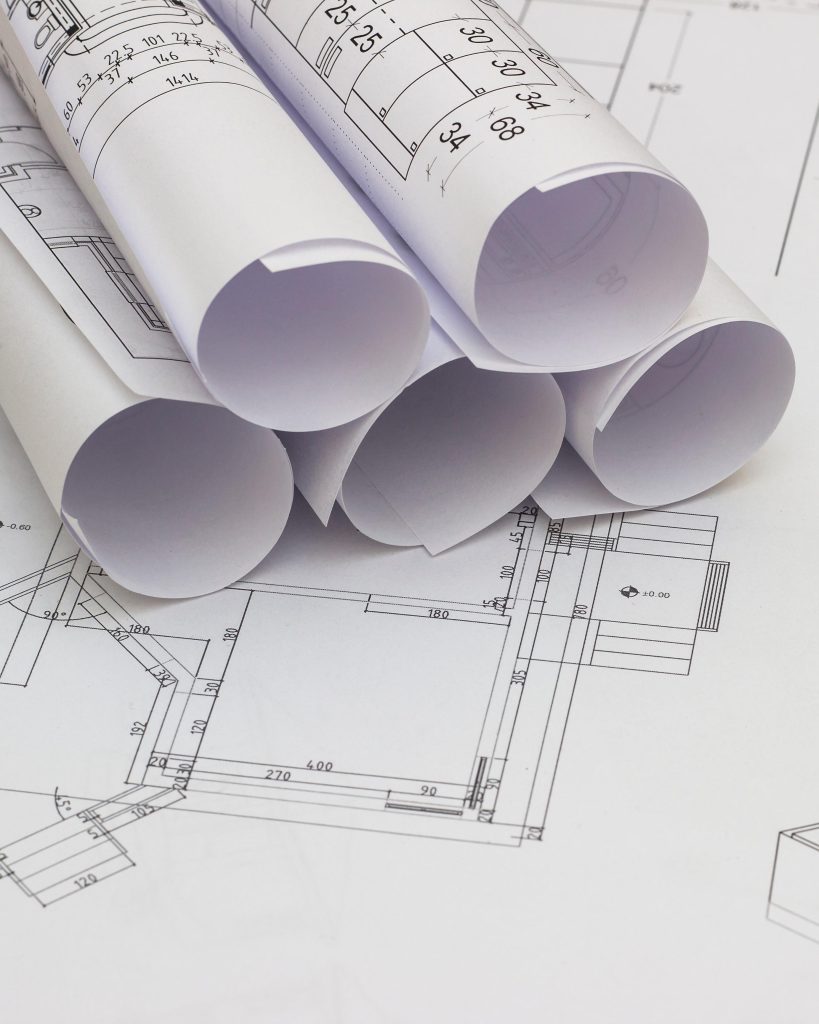
SB 1214 – New Limits on Use and Disclosure of Architectural Drawings By Public Agencies
Jan 05, 2023SB 1214 goes into effect on January 1, 2023, and adds Section 65103.5 to the Government Code. The purpose of the bill is to require a local planning agency to ensure that architectural drawings that contain information protected by copyright laws are only made available to the public in a manner that does not facilitate their copying.
As a result of the bill, absent the architect’s permission, architectural drawings that contain copyrighted information that are submitted to the planning agency are only available for public review on the premises as a public record, and cannot be copied. Additionally, absent the architects permission, local planning agencies are generally prohibited from posting copies of architectural or post architectural drawings on the internet. The exceptions are that planning agencies are allowed to:
- Make copies of the architectural drawings for internal review by the planning agency, the legislative body, or other government bodies responsible for the official review of architectural drawings.
- Distribute copies to members of the legislative body and members of the planning agency’s governing body. Such copies are not required to be made available to the public under the Brown Act.
- Display a copy on the internet or make a physical copy available for inspection during a public hearing of the planning agency or legislative body where a development application that incorporates those architectural drawings is being considered by the planning commission or legislative body.
The bill creates a couple practical problems – how exactly is a planning agency supposed to post architectural plans only during the public hearing, when the main way most jurisdictions have to distribute these would be with agendas and other agenda related materials, and under the Brown Act, agendas must be posted in advance of the meeting? And is a planning agency expected to prevent the public from using their smartphones to make digital copies of plans, and if so, how?
As an alternative to posting architectural plans, the bill provides that a local planning agency may ask the architect to submit a “site plan” or “massing diagram,” or both, to be used for posting on the internet and for copying. A “massing diagram” displays a 3D form of the building with the profile, bulk, setbacks, and size, without specific architectural details. A “site plan” is supposed to identify property lines, setbacks, topography, easements, drainage, utilities, lighting, driveways, streets, parking, landscaped areas, outlines of buildings, and signage. If the architect elects not to submit either document, then the planning agency is deemed to have obtained the permission of the architect for purposes of allowing copying and posting of architectural plans. As a result, public agencies should consider making it a routine practice to ask architects to provide both kinds of documents, and state so on their development applications — this would result in either the architect submitting massing diagrams and site plans that can be included in agenda packets, or would allow for the inclusion of reduced architectural plans in the agenda packet. Public agencies could also obtain the written permission of the architect to post the plans on the agency’s website with the agenda package.
Additionally, the bill only appears to restrict the actions of the planning agency. Planning agencies are established by ordinance in cities and counties pursuant to Government Code 65100, and usually take the form of the jurisdiction’s planning department and planning commission, and in some instances, the city council or board of supervisors itself. As a result, the bill does not appear to eliminate the public’s opportunity to view or copy the official building plans of a project under the process set forth in Health and Safety Code section 19851.


